All grains are not equal – some are healthier than others. Which grains should we eat as we age? This guide will help you get answers to these questions
Contents
As people age, they require a healthy diet with fewer calories and more nutrients. Aging can affect the body’s ability to lose absorb nutrients that helps prevent chronic disease.
As you age, you should switch your diet to a whole grain diet as it provides enough carbohydrates and fiber. It would help if you also chose gluten-free grain for your healthy diet. Some gluten-free grains include quinoa, brown rice, corn, oats, and sorghum.
Whole grains are a complete package of nutrients for seniors. There are more grains that seniors should eat in this article.
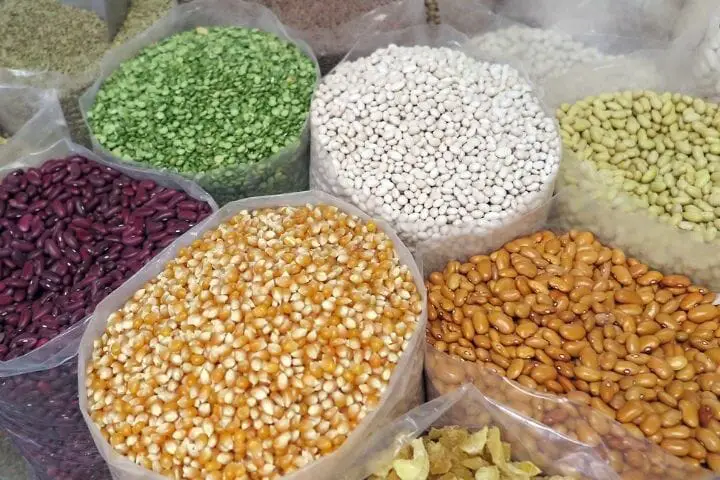
Why Should You Eat Whole Grains As You Age?
As people get older, they find low energy in their bodies due to loss of nutrients from hormonal change, chronic disease, or injury. Grain is essential to find effective ways to maintain health as you age. Whole grains are also rich in several nutrients, including carbs, fiber, vitamin B, magnesium, iron, copper, and zinc. The benefits of eating whole grains include:
- It helps regulate healthy bowel movement
- Lower cholesterol
- It reduces the risk of heart disease
- It reduces inflammation
- Prevent certain cancers
- Help with weight management
Whole Wheat
Whole wheat is a popular cereal grain. It is a critical ingredient in baked goods, noodles, pasta, Bulgur, couscous, and semolina.
It contains the entire grain, including bran, husk, and endosperm, loaded with nutrients.
As you age, you should add whole wheat; it gives seniors the necessary carbs and dietary fiber. However, it also contains gluten, a protein that can trigger a harmful immune response in people with celiac disease.
If you can tolerate gluten, eating whole wheat is an excellent choice for your healthy diet. Whole wheat is also a rich source of vitamins, minerals, and antioxidants.
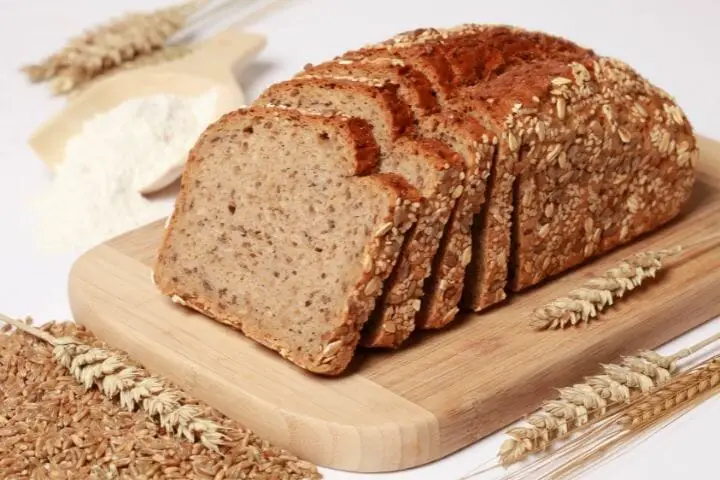
Whole Oats
Oats are naturally gluten-free and an excellent source of vitamins, minerals, and dietary fiber. Oats contain high amounts of antioxidants avenanthramide that help lower blood pressure and reduces colon cancer risk.
Adding oats to your diet, also add beta-glucans to it. It is a soluble fiber that helps digestion and nutrient absorption. As you grow, you will detect problems with your digestion, so beta-glucans in your diet will help. You should avoid instant oatmeal as they contain unhealthy added sugar. Instead, choose whole oats, including oat groats, steel-cut oats, and rolled oats.
You might like to read: Benefits Of Eggs For A Long Life – How Many Should You Eat?
Whole Grain Rye
Rye belongs to the family of wheat. However, it is healthier than wheat as it contains more minerals and fewer crabs. Rye is ideal for people who need a low-carb diet due to their blood sugar condition.
Rye is also rich in fiber, as you can receive 90% of the daily value of fiber for an older adult in 100 grams of it.
You can purchase whole grain rye flour in several forms, including dark, pumpernickel, and rye meal.
Whole Barley
Many people have been consuming this versatile cereal grain for centuries. However, it is not as popular as other whole grains available on the market, but it has incredible health benefits.
You can find two different forms of barley at grocery stores, including whole or hulled barley and pearled barley. Pearled barley is refined and not whole grain.
You should add hulled barley to your diet list as it provides necessary minerals for seniors, including manganese, selenium, magnesium, iron, zinc, copper, phosphorus, and potassium. Whole barley is also a rich source of vitamin B and fiber.
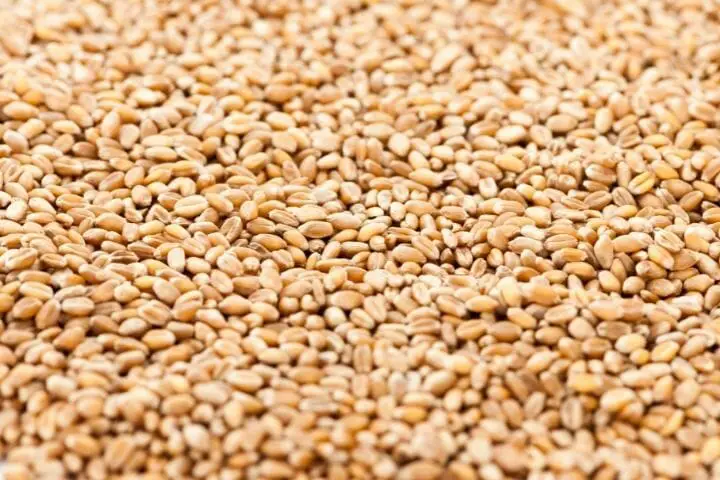
Buckwheat
It is a pseudocereal that seniors can use similarly to cereals. Buckwheat does not belong to wheat. Buckwheat seeds are an excellent source of nutrients, including magnesium, manganese, copper, phosphorus, iron, vitamin B, and fiber.
Buckwheat seeds are also gluten-free; older adults can consume them without developing any risk of disease.
Buckwheat is also a rich source of resistant starch, a dietary fiber that your healthy gut bacteria feeds on.
Spelled
Spelled is a grain similar to modern whole wheat. Spelled is an excellent source of nutrients, including phosphorus, magnesium, manganese, zinc, vitamin B, iron, and dietary fiber.
Older adults should use Spelt as it contains more protein and zinc than whole wheat.
However, Spelt contains antinutrients like phytic acid, which lowers zinc and iron absorption in your gut.
You can reduce the antinutrients that are Spelt using methods including fermentation, sprouting, or soaking the grains.
You might like to read: Ten Ways Processed Food Can Lead To Early Death
Brown Rice
Older adults often switch white rice to brown rice as it is healthier whole grain than other available options. It would be best if you ate brown rice as it contains more fiber, minerals, vitamins, and antioxidants. It is also naturally gluten-free, ideal for seniors with a gluten-free diet.
Brown rice helps reduce heart disease risk by the action of antioxidants lignans that lower inflammation, blood pressure, and LDL cholesterol. Seniors should consider brown rice for their heart health.
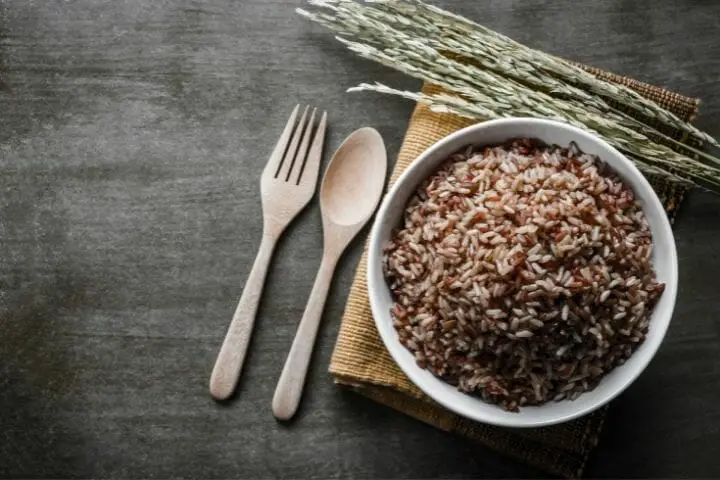
Corn
Many people have corn or maize added to their diet, a trendy grain.
Whole grain or unprocessed corn is gluten-free and more nutritious. Hence, it is rich in manganese, zinc, magnesium, copper, potassium, vitamin B, phosphorus, fiber, and antioxidants.
Seniors should eat corn as it contains lutein and zeaxanthin, antioxidants that lower the risk of cataracts and macular degeneration.
Quinoa
Quinoa becomes a superfood as it is packed with many nutrients and antioxidants. This grain comes from South America.
This grain is an excellent source of vitamins, protein, minerals, healthy fat, and fiber for older adults.
Seniors should eat quinoa because it contains quercetin, an antioxidant that neutralizes potentially harmful molecules. The molecules can increase your risk of chronic diseases such as heart disease, chronic inflammation, and cancers.
Bulgur Wheat
It is commonly known as cracked wheat in the middle eastern region. Bulgur wheat is low in fat and stored with many minerals, including manganese, magnesium, and iron. You can eat this whole-grain by adding it to your soups, salads, and stuffed vegetables.
Older adults should eat bulgur wheat to reduce inflammation and lower the risk of specific cancer and heart disease. However, Bulgur contains gluten, which is not suitable for people with a gluten-free diet.
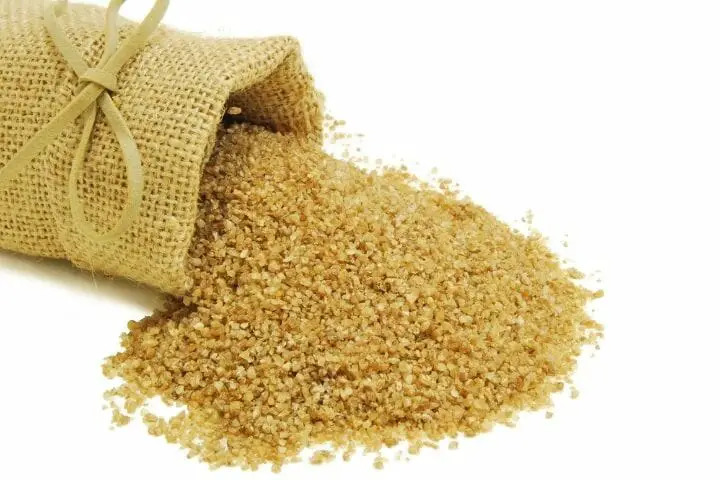
Whole-Grain Bread
It is a product of whole-grain that is available in many varieties, including whole-grain bagels, rye bread, whole-wheat bread rolls, whole-grain tortillas, and more. You can readily add whole-grain bread to your diet.
These loaves of bread also contain the same nutrients and antioxidants as whole grains. It would be best if you looked for gluten-free pieces of bread, and those are sprouted as they are safe and healthy for older adults. Growing grains help reduce antinutrients and increase their nutrient content.
Popcorn
Older adults should use popcorn because it is the healthiest snack option. Popcorn is a whole-grain food containing many essential nutrients, including copper, zinc, manganese, magnesium, vitamin B, and phosphorus. It also has more than half the fiber value for older adults. However, you should avoid buying prepackaged microwave bags of popcorn.
Sorghum
Sorghum is a versatile cereal gluten-free grain. It is primarily grown in the United States for livestock feed. This gluten-free grain is suitable for seniors with digestion issues. You can prepare sorghum for your meals as it has a chewy texture similar to Israeli couscous.
You can also use sorghum flour for gluten-free baking.
Millet
Since ancient times, people have been using millet as an ingredient in human cuisine.
It is a staple ingredient in China, India, Africa, Nigeria, Ethiopia, and other parts.
Millet is an excellent source of nutrients, including magnesium, zinc, vitamin B, manganese, potassium, and fiber.
Older adults should use this grain in the preparation of their meals as it is gluten-free. It also helps lower blood triglycerides and inflammation and improves blood sugar control.
Teff
Teff is small size gluten-free grain packed with massive health perks. It is a derivative of millet, but it contains more calcium and iron than other whole grains.
You can use teff flour for baking goods such as pieces of bread and injera.
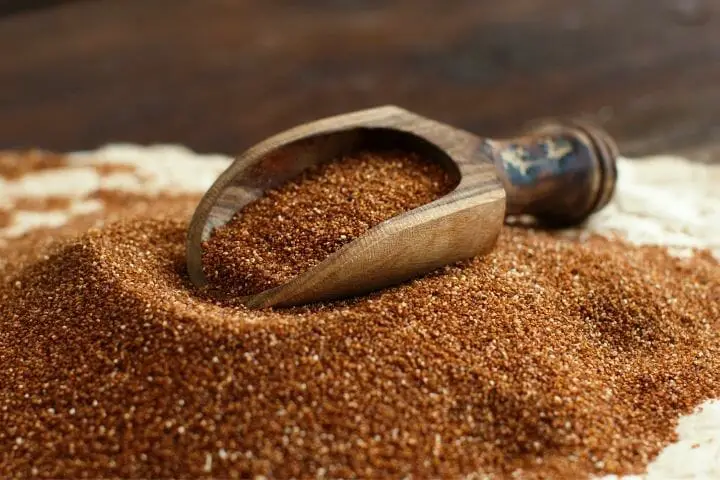
Farro
People use this light-brown colored, medium-size grain that is a derivative of wheat. Farro has a similar texture, appearance, and taste to wheat berries.
Farro is a good source of carbohydrates and fiber for senior meals. Its health benefits also make farro a superior choice for healthy aging living.
Whole-Wheat Pasta
It would help if you ate more whole-grain pasta than a traditional one. These kinds of pasta are made from entire wheat grain and contain more nutrients, including minerals, fiber, and vitamins than regular pasta. However, whole-grain pasta has less beneficial effects than grain because the food industry pulverizes it.
Nonetheless, it would help if you considered whole-grain pasta, noodles, or spaghetti over regular ones.
How To Buy Whole Grains?
It would help if you used whole grains in your diet but avoided grains that contain gluten. You can get most of the grain at your local grocery store. However, when purchasing it, look for signs like “whole-grain” or check the package label to see whether it’s gluten-free.
You can also order whole grains from Amazon.
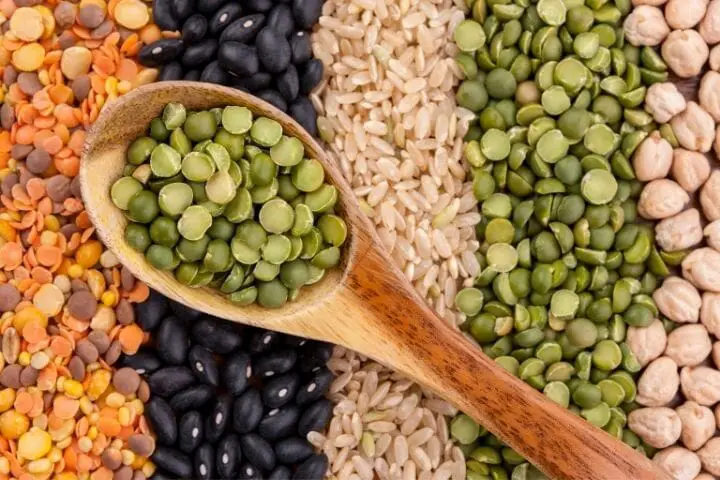
Wrap Up
Seniors should aim to switch at least half of their daily processed food intake with whole-grains variations. Seniors can use several grain options, including oats, barley, rye, wheat, brown rice, and corn.
Please choose the most nutritious grain you found or your favorite grain and add it to your diet with other healthy foods. We hope that this article has helped you understand which grains and food items are beneficial for your health, and which ones you should avoid. Do share this information with others on your social media profiles and within your groups.
